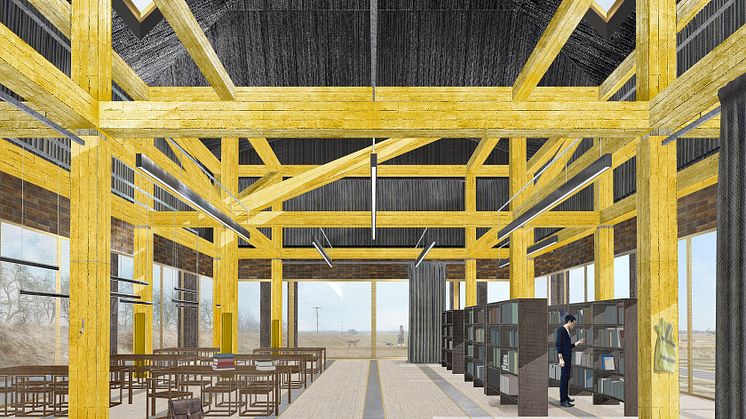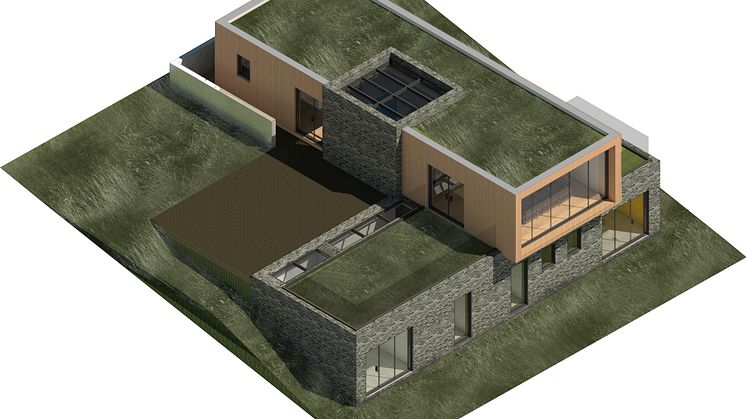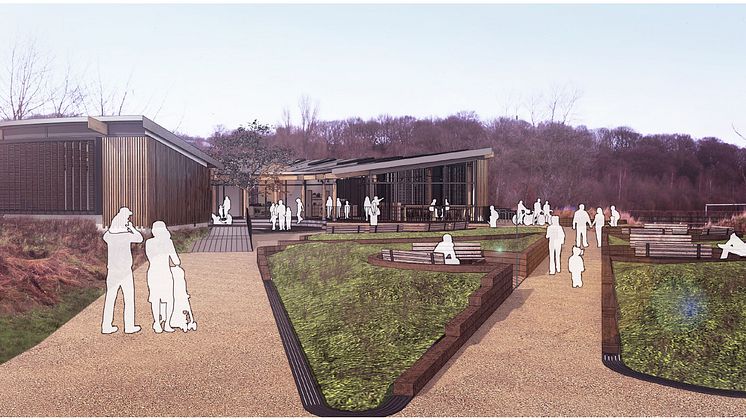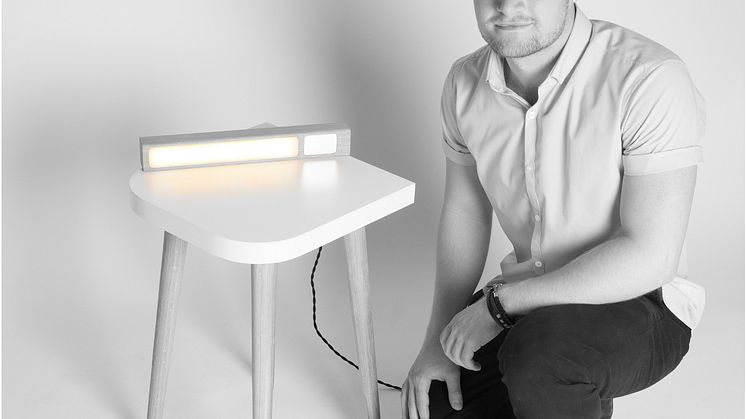
Press release -
Northumbria graduate awarded top architectural prize
A Northumbria graduate, who has carried out unique research exploring the relationship between place and architectural design through extensive walked enquiry into the landscape, has been awarded one of the architecture profession’s most prestigious student prizes.
The RIBA President’s Medals are regarded as the most important international awards in architectural education, with Bronze and Silver Medals issued to reward outstanding design work. Each year, one student wins the overall bronze or silver award, with up to three commendations recognised in each category.
In total, 360 universities in 75 countries were invited to nominate students for this year’s RIBA President’s Medals.
Northumbria graduate Tom Hewitt has been recognised as one of the best in the world, receiving one of the coveted Commendation awards in the Silver Medal category during the 2017 RIBA President’s Medals ceremony. He was presented with his prize at the Royal Institute of British Architects (RIBA) in central London.
His thesis, Landhaus: Walking the Landscape as Design Practice, saw him walk hundreds of miles in and around Newcastle, exploring how the specific history and nature of this landscape could inform and be reflected in building propositions.
Speaking of his win, Tom said, “It still doesn’t feel real - for my work to be recognised alongside some of the best student projects in the world is an incredible honour.
“The support and encouragement I have had during my time as a student at Northumbria has played a huge part in this award. I’ve had the freedom to explore alternative research methodologies and run with ideas that I wouldn’t have had elsewhere.”
Tom completed his Architecture BA (Hons) undergraduate at the University of Cambridge, before completing a year in practice in his hometown of Leeds. He then joined Northumbria University where he studied a two-year MArch postgraduate qualification, spending his final year researching the potential value of walking to the design process.
During this time, he explored the territory structured by the Newcastle-Morpeth railway line on foot, documenting latent historic features such as waggonways, hedgerows, and ridge and furrow crop marks patterns, as well as the emerging landscape conditions of the edgelands, such as pylons and wind turbines, opencast mining, agricultural barns and industrial sheds.
This research included a 21-mile ‘Talks Walk’ on one day alone, documenting and critiquing the landscape through photographic essay, sketching and discussion with peers.
His project culminated in the design of an educational campus on Killingworth Moor – a strategic site for future development. This ensemble of buildings reinforced the historic and natural elements of the moor through building, with the architecture reflecting the specific language, tones, and textures of this banal yet beautiful landscape.
Tom now hopes to continue exploring walking as a design methodology and to work with clients to apply these methodologies to real-life projects. He said, “I’ve not seen anyone else using walking in this way as such a specific element of the architectural design process, so in that sense this is quite unique.
"During my research into the landscape, the existing developments I encountered were often placeless and homogenous – they didn’t strongly relate to the landscape they were situated in or the history of the area.
“I believe using this walking technique could produce buildings which have a deeper meaning and connection to their place. I’m looking forward to exploring how this can be applied in practice.”
Professor Paul Jones, Director of Architecture at Northumbria University said, “These awards really are regarded as the best of the best in architectural education internationally, and the most prestigious award an architecture student can win.
“This is a fantastic result for the University as a whole and for Tom individually and we wish him all the very best in his future career.”
Tom’s tutor for this project and Northumbria Alumni, Shaun Young, also a previous RIBA award recipient, described Tom’s project as, “a beautiful and thoughtful piece of work.” He added: “It demonstrates a high level of creativity, reflection and originality in methodology. The experiences of an ensemble of buildings in a vast landscape cannot quite be captured, but this is an accomplished representation of the kind of knowledge that can only be acquired on foot.”
RIBA President Ben Derbyshire said: “Many congratulations to this year’s RIBA President’s Medals winners. The entries for this awards programme are always impressive and this year was no exception, with more entries than ever before.
“I am extremely pleased to see that the creativity and accomplished technique in the work of these budding architects is matched with a renewed ambition and focus on the important role that architecture plays in social betterment.
“The passion and intelligence with which these graduates address complex architectural briefs by drawing from personal experiences and involving those for whom their buildings are designed is achieved with remarkable rigour and commitment. I very much look forward to following their successful careers.”
The 2017 RIBA President’s Medals exhibition is on display at the RIBA in London until Saturday 10 February, and at RIBA North in Liverpool until 24 February 2018.
Tom’s thesis project can be explored further at: https://tomhewittarchitectureworkshop.wordpress.com/
Find out more about Northumbria University’s Department of Architecture and Built Environment.
Topics
Categories
Northumbria is a research-rich, business-focused, professional university with a global reputation for academic excellence. To find out more about our courses go to www.northumbria.ac.uk
If you have a media enquiry please contact our Media and Communications team at media.communications@northumbria.ac.uk or call 0191 227 4604.












